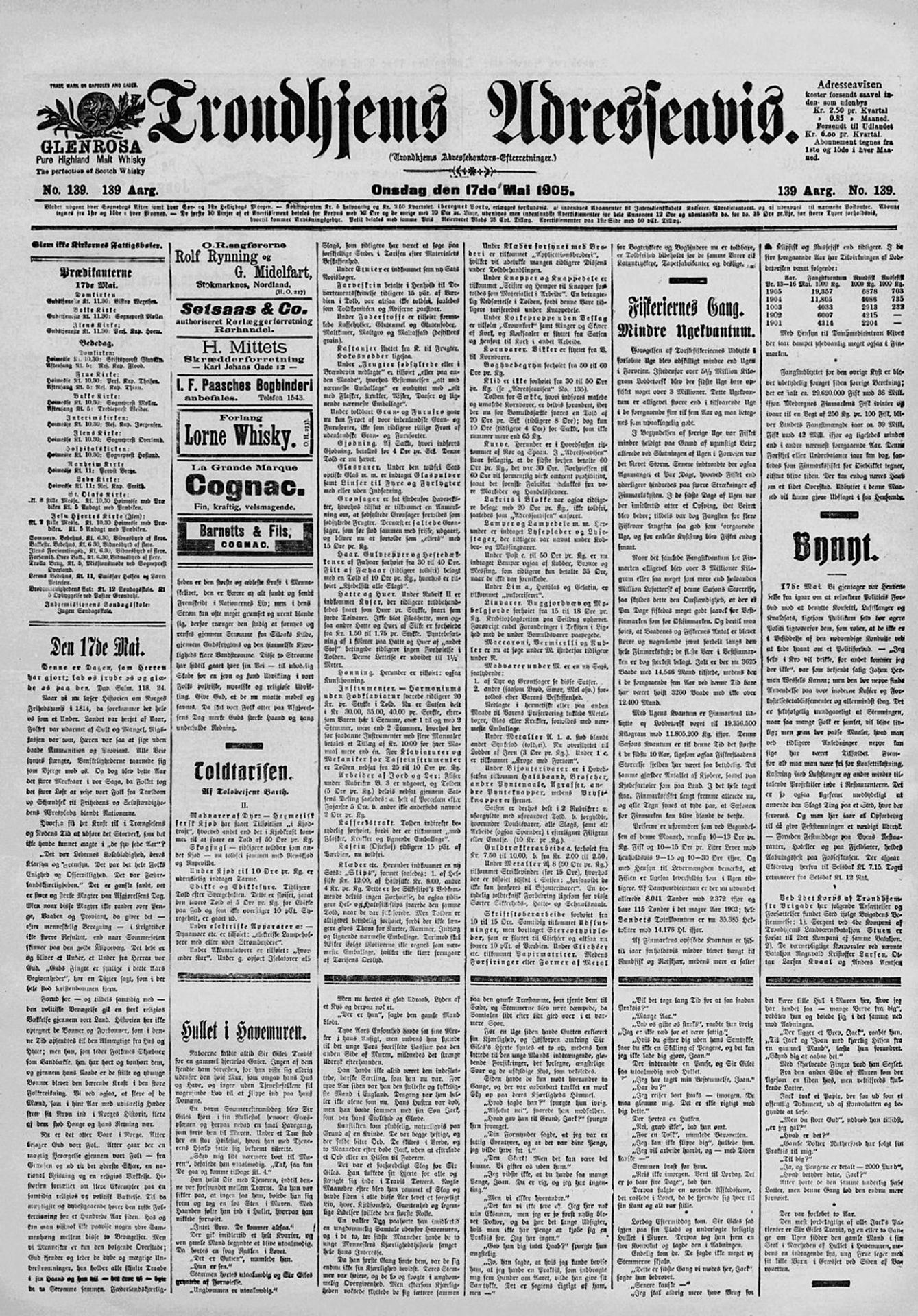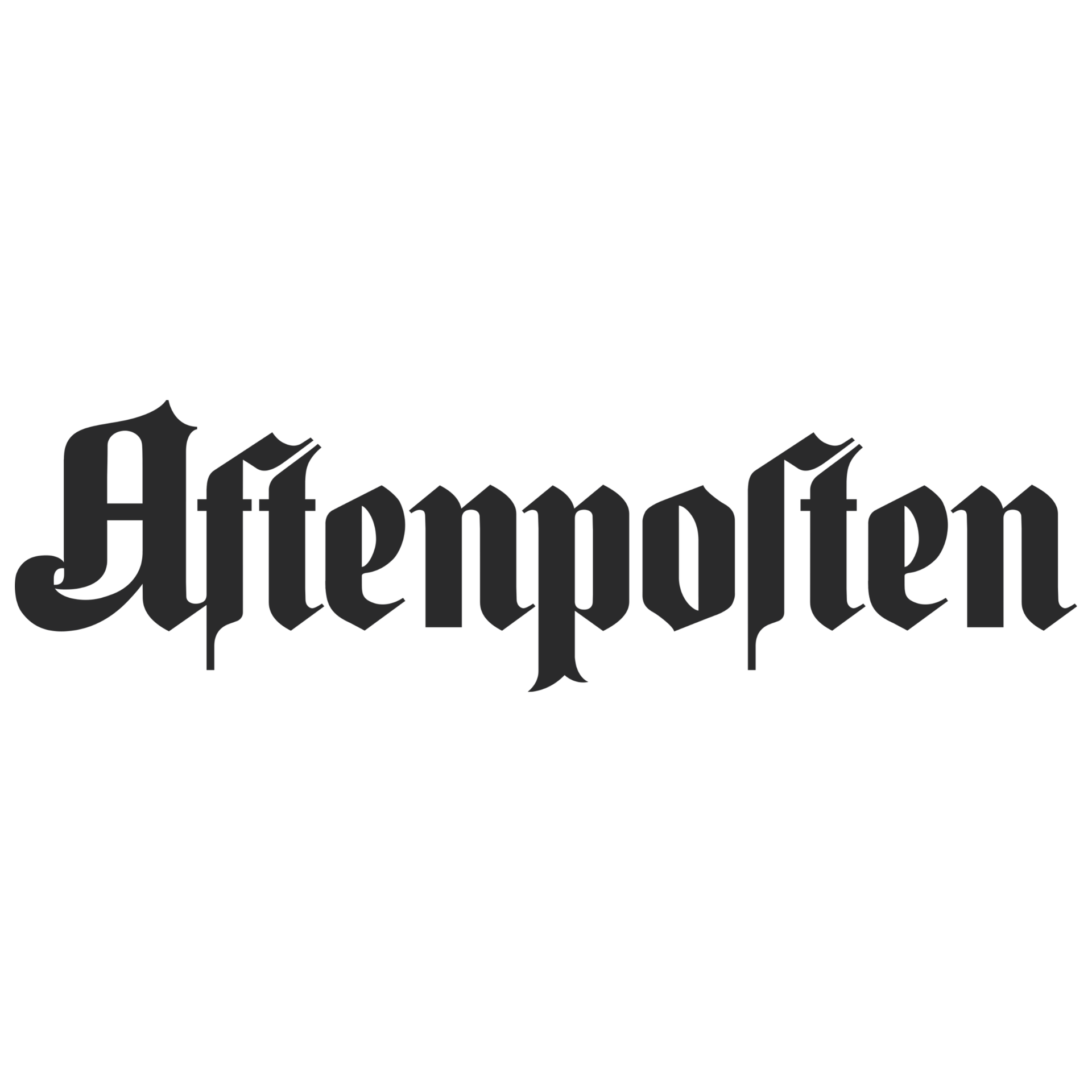
Adresseavisen
What do people say about Adresseavisen?
Adresseavisen, while one of Norway's oldest newspapers, faces significant challenges in adapting to modern media consumption habits. Critics argue that its traditional reporting style and reluctance to embrace digital innovation render it less appealing to younger audiences. The newspaper's perceived bias in coverage further alienates segments of the readership, leading to questions about its credibility. Despite its historical significance, the lack of engagement with contemporary issues and digital trends may jeopardize its future viability in the competitive media landscape.
Where are the conversations happening?
The analysis reveals that Adresseavisen is often discussed in the context of its historical legacy versus its current performance. Sources critical of the newspaper, such as media watchdogs and younger demographic commentators, highlight its outdated practices and failure to connect with modern readers. Meanwhile, more traditional sources may defend its legacy but struggle to provide compelling arguments for its current relevance in a digital age.
What are the topics trending around Adresseavisen?
Discussions around the digital transformation of media, the rise of alternative news sources, and the changing preferences of younger readers are increasingly relevant near Adresseavisen.
Why are these topics trending?
These topics are trending as consumers shift towards digital platforms for news, leading to a decline in traditional print readership, which directly impacts Adresseavisen's audience and relevance.
How is Adresseavisen being talked about?
Detailed breakdown of public sentiment and conversations about this entity.
Impact vs Sentiment
See how each entity's high impact percentage relates to their positive sentiment percentage from actual mentions.



